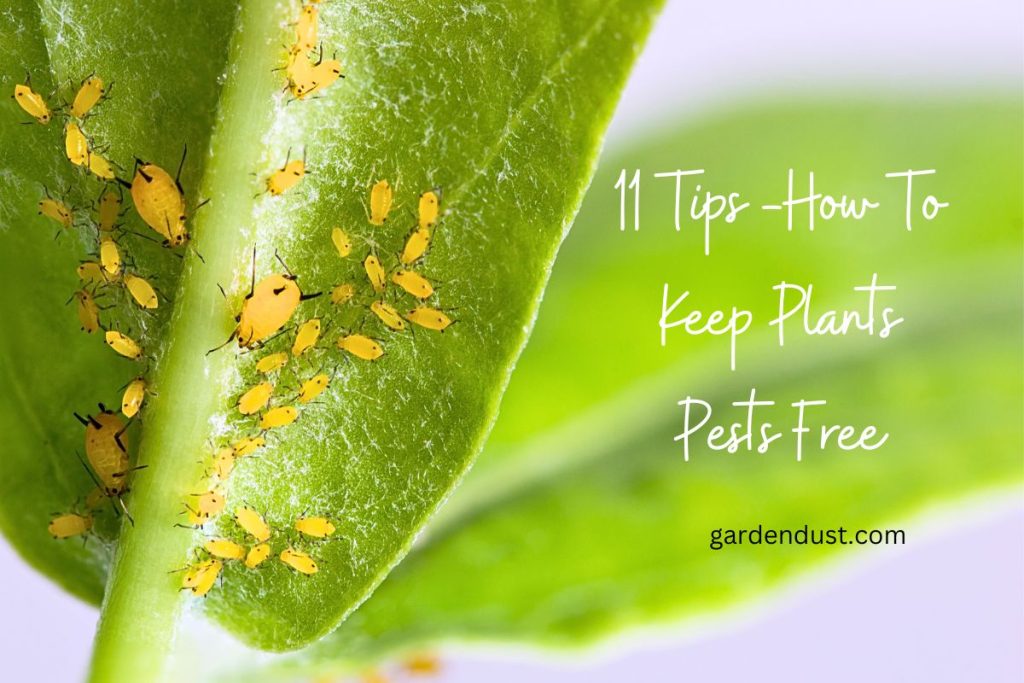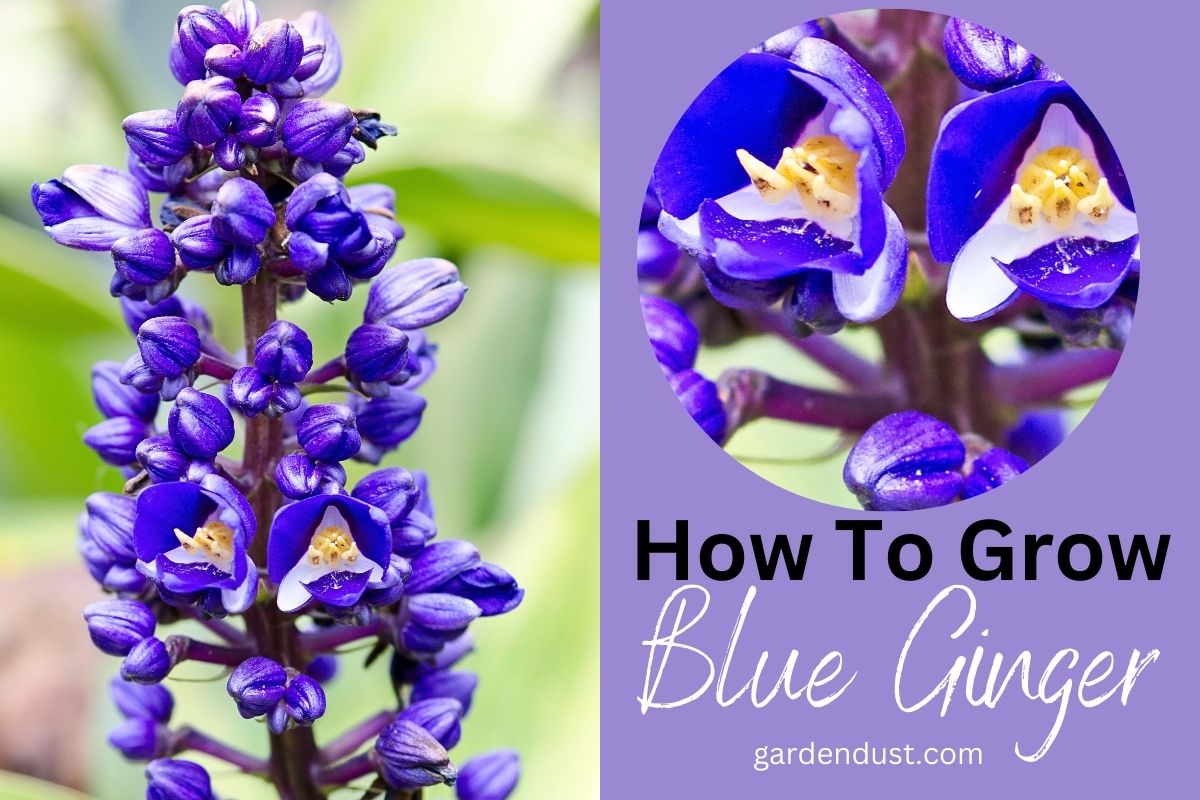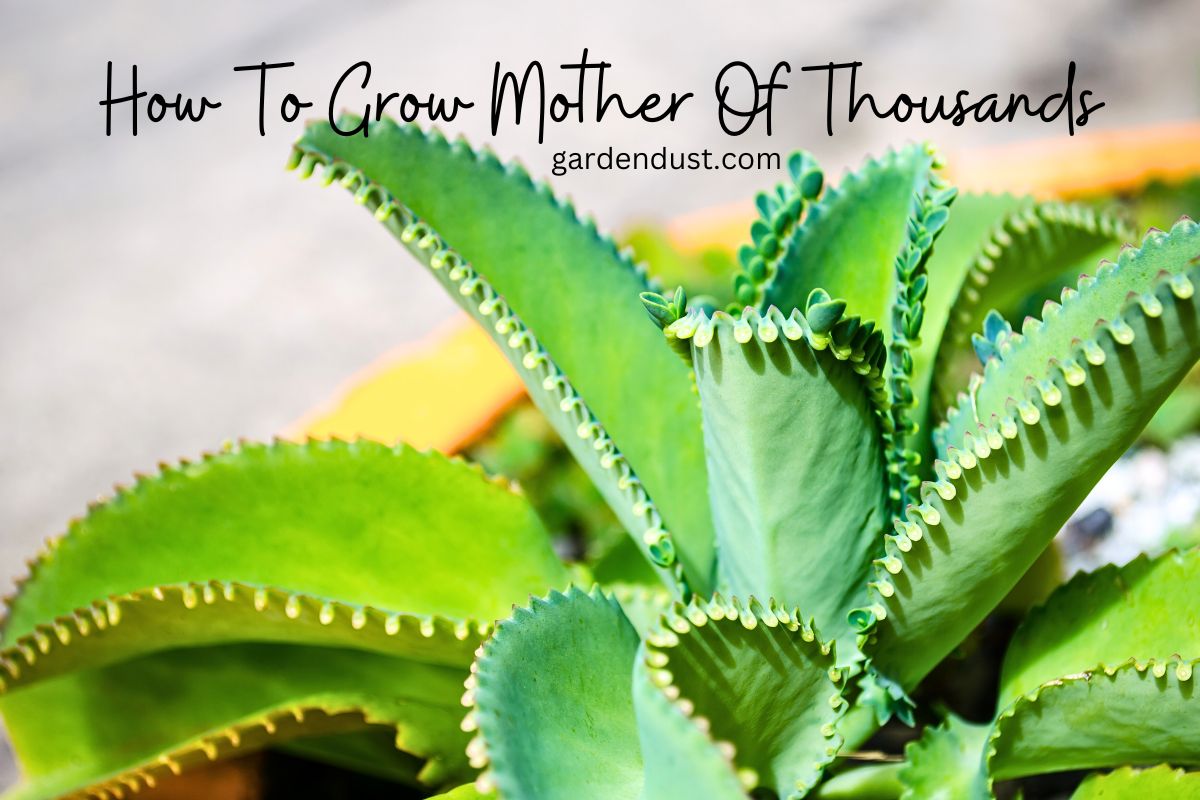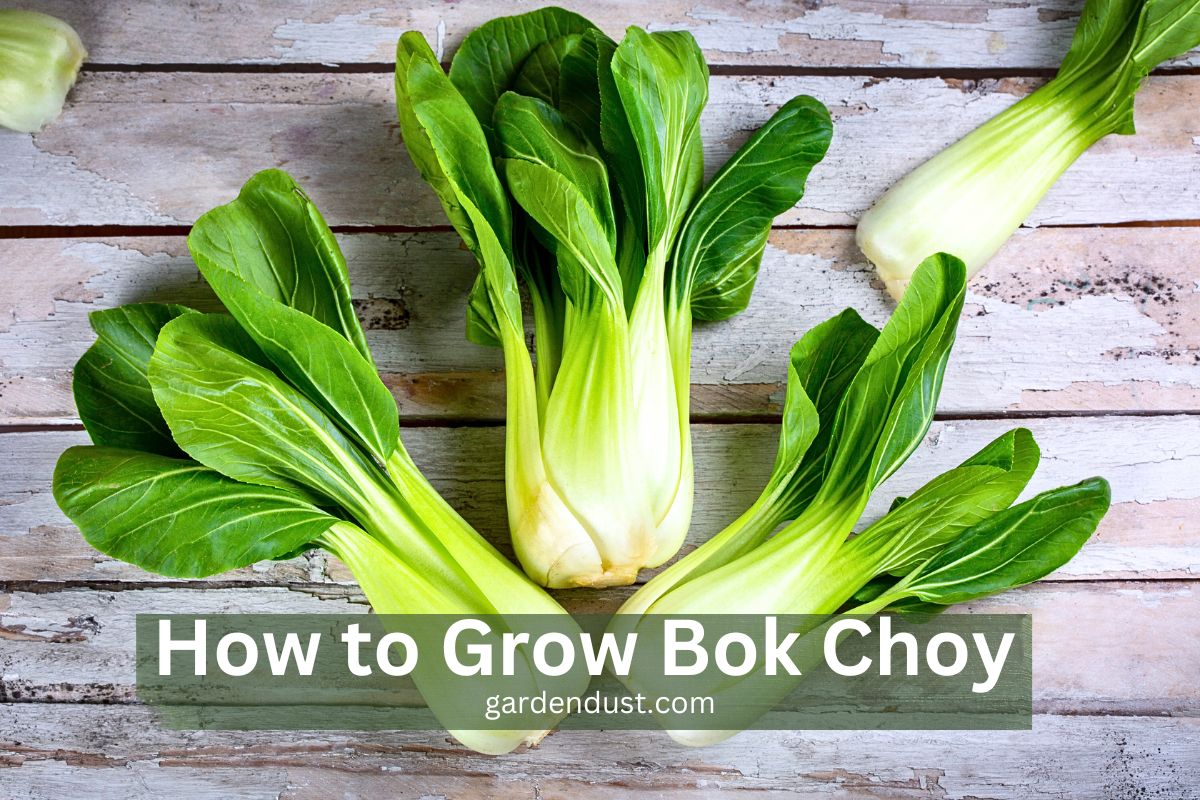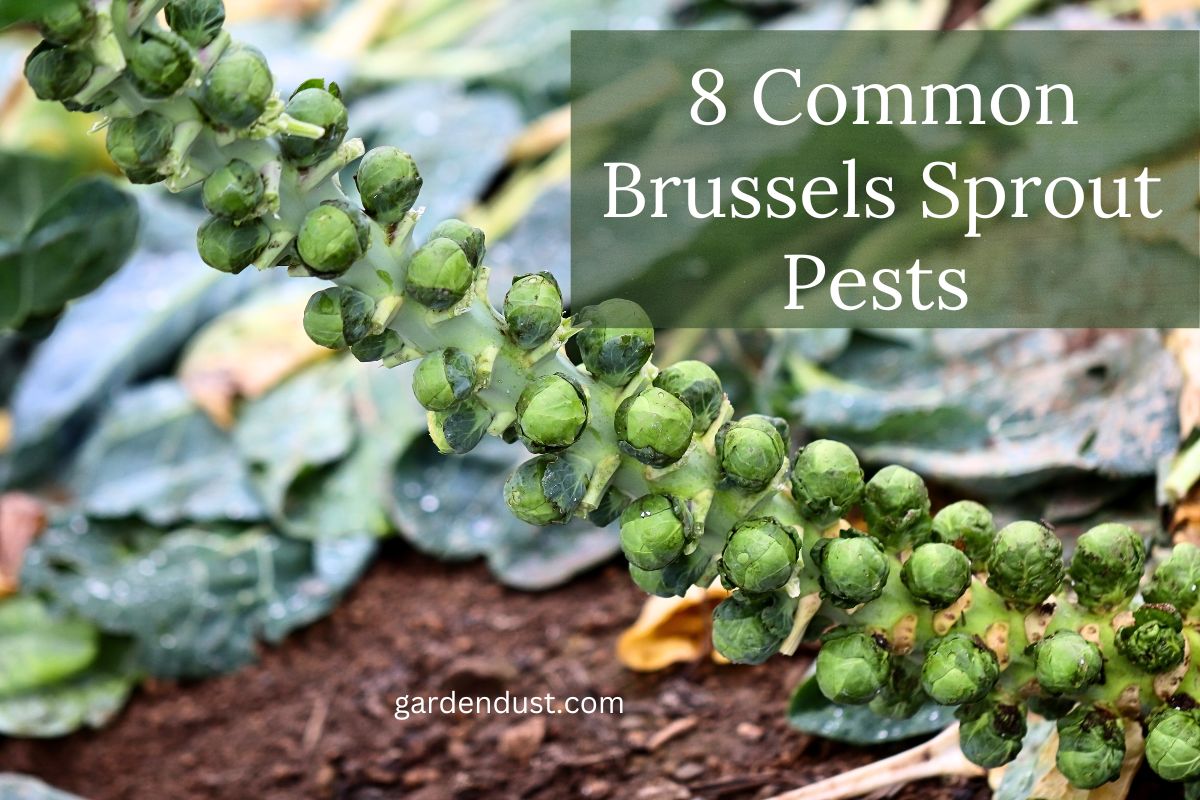A flourishing garden is a testament to the care and dedication of a gardener. However, the presence of pests can quickly turn your vibrant green haven into a battleground. Preventing and managing pests is essential to maintaining the health and beauty of your plants. In this comprehensive guide, we will explore 11 tips –how to keep plants pests free and promote a thriving garden. Let’ start…
1. Understanding Common Garden Pests
Before diving into prevention methods, it’s crucial to identify common garden pests. Recognizing these intruders early on allows for swift and targeted action. Common pests include aphids, spider mites, whiteflies, caterpillars, snails, and slugs. Each type of pest may require a different approach, so familiarizing yourself with their characteristics is the first step to successful pest management.
2. Maintain Soil Health
Healthy soil is the foundation of a robust garden. Begin by testing your soil’s pH levels to ensure it is suitable for the plants you are growing. Most plants thrive in slightly acidic to neutral soil. Adjust the pH if necessary by adding lime to increase alkalinity or sulfur to increase acidity.
Incorporate organic matter into your soil to improve its structure and fertility. Compost, well-rotted manure, and other organic amendments enhance soil health, providing a balanced environment for plant growth and making them less susceptible to pests.
3. Choose Resistant Plant Varieties
Selecting plant varieties known for their resistance to common pests is an effective preventive measure. Many nurseries and seed catalogs provide information about the pest resistance of different plant varieties. For example, some tomato varieties are bred to resist specific pests, such as aphids or certain types of worms. By choosing resistant plants, you create a line of defense against potential invaders.
4. Practice Crop Rotation
Crop rotation is an age-old agricultural practice that involves changing the location of crops each season. This disrupts the life cycles of pests that are specific to certain plants, reducing their populations over time. When planning your garden layout, group plants with similar susceptibility to pests and diseases and rotate them to different areas each year.
5. Companion Planting
Companion planting is a strategic gardening technique where certain plants are grown together to provide mutual benefits. Some plants naturally repel pests or attract beneficial insects that prey on pests. For example, planting marigolds can deter nematodes, while basil can help repel mosquitoes and other insects. Research companion planting combinations that work well with the plants in your garden to create a harmonious and pest-resistant environment.
6. Implement Good Garden Hygiene
Maintaining a clean and tidy garden is an essential part of pest prevention. Remove fallen leaves, weeds, and other debris regularly, as these can provide hiding places and breeding grounds for pests. Prune dead or damaged plant material to discourage pests from taking residence.
Regularly inspect your plants for signs of infestation, such as discolored or distorted leaves, chewed foliage, or the presence of insects. Early detection allows for prompt intervention, preventing the pests from spreading and causing more significant damage.
READ ALSO:-11 Best Plant -Keep The Bugs Away
7. Use Natural Predators
Introducing natural predators into your garden is an environmentally friendly and effective way to control pests. Beneficial insects, such as ladybugs, lacewings, and predatory beetles, feed on common garden pests. You can attract these allies by planting nectar-rich flowers, providing habitat spaces like insect hotels, or purchasing and releasing them into your garden.
Encourage birds to visit your garden by installing bird feeders and bird baths. Many birds, such as robins and sparrows, are natural insect predators and can help keep pest populations in check.
8. Apply Natural Repellents
Nature offers a range of substances that can deter pests without harming your plants or the environment. Neem oil, derived from the neem tree, is a potent natural pesticide that disrupts the life cycles of many pests. Garlic and hot pepper sprays can be effective against soft-bodied insects like aphids.
Make your own repellent by combining a few crushed garlic cloves or hot peppers with water, allowing it to steep overnight, and then straining the liquid before spraying it on your plants. This DIY approach is cost-effective and avoids the use of harmful chemicals.
9. Neem Oil: A Natural Pesticide
Neem oil is a versatile and effective natural pesticide that can be used to control a variety of pests. Extracted from the neem tree, neem oil disrupts the feeding and reproductive processes of many insects. It is particularly effective against aphids, whiteflies, mites, and caterpillars.
To use neem oil, mix it with water and a small amount of mild soap (to help the mixture adhere to the plants). Spray the solution on the affected plants, ensuring thorough coverage. Repeat the application every 7-14 days or as needed.
10. DIY Insecticidal Soap
Insecticidal soap is a gentle yet powerful solution for controlling soft-bodied pests such as aphids, spider mites, and whiteflies. You can easily make your own insecticidal soap at home using common household ingredients.
To prepare insecticidal soap, mix one to two teaspoons of mild liquid soap (such as Castile soap) with one liter of water. Pour the solution into a spray bottle and thoroughly coat the affected plants, paying close attention to the undersides of leaves where pests often hide. Repeat the application every 7-10 days until the infestation is under control.
11. Integrate Physical Barriers
Creating physical barriers is an effective way to protect your plants from crawling pests, especially those that come from the ground. Use barriers such as copper tape around the base of pots or raised beds to deter slugs and snails. Collars made from cardboard or plastic can protect young seedlings from cutworms.
For larger plants or trees, consider wrapping the trunk with a protective material to prevent crawling insects from reaching the leaves. These physical barriers provide a simple but effective means of keeping pests at bay.
Maintaining a pest-free garden requires a combination of preventive measures, vigilant monitoring, and timely interventions. By incorporating these strategies into your gardening routine, you can create an environment that promotes plant health and discourages pests from taking over. Remember that a balanced and sustainable approach is key, and avoiding the use of harsh chemicals will contribute to a healthier ecosystem in your garden. With dedication and a proactive mindset, you can enjoy the rewards of a thriving, pest-free garden year after year. Happy Gardening…

